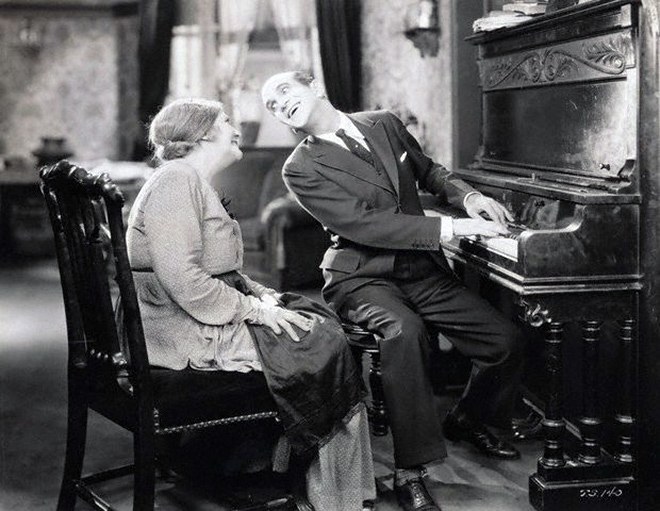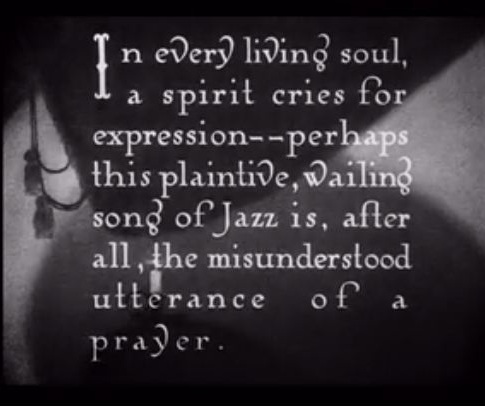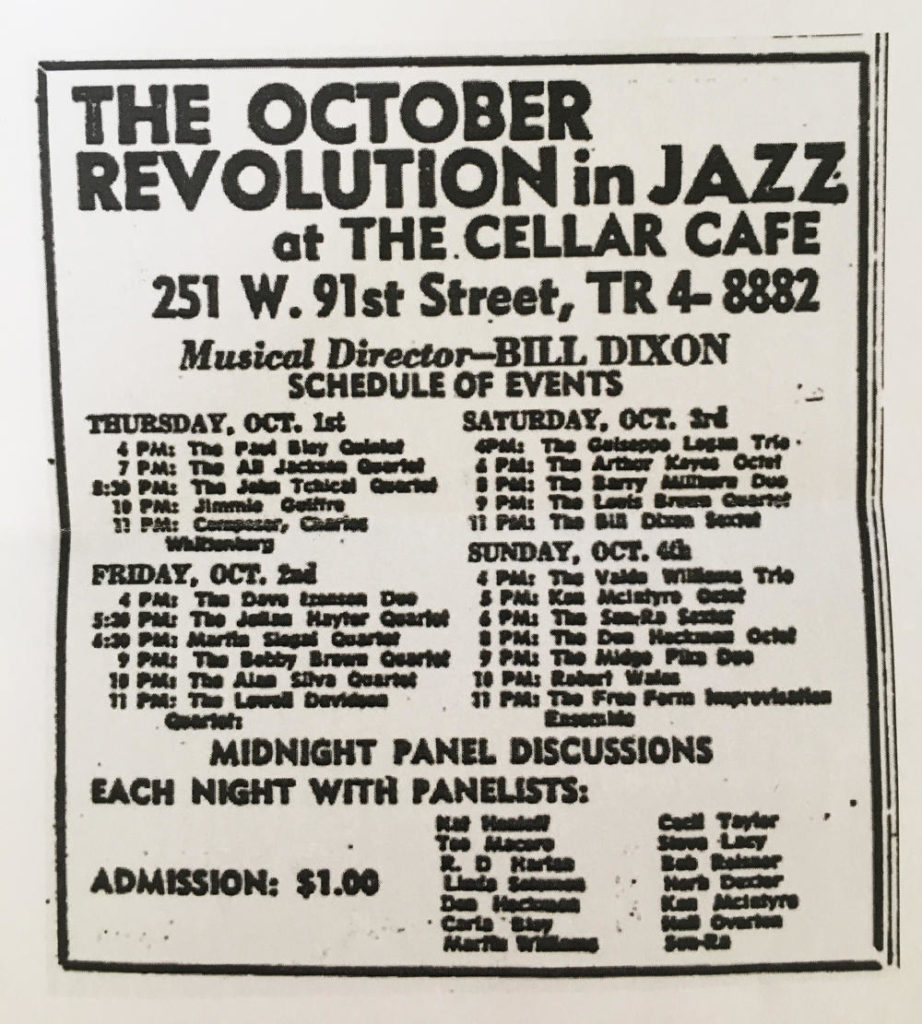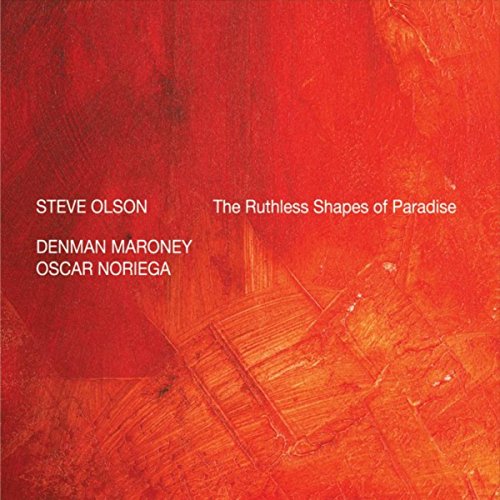By Anthony Herman
Before the evening concert began Friday night at the Lionel Hampton Jazz Fest, the atmosphere was filled with excitement. From every corner of the waiting area there was energetic chatter and laughing from the festival goers, from small children all the way to festival goers who have seen more than their fair share of jazz.
I too joined in on the excitement and quickly chose a decent seat in the bleachers, where I would be able to see and hear everything. Not too soon after taking my seat, I noticed a small collection of podiums to the side of the main seating area and went to take a look. Appropriately, the festival had set up some of the Lionel Hampton’s belongings, as well as items from other famous jazz musicians like Al Grey and Ray Brown.

The show began with a striking compilation of quotes by and about Lionel Hampton concerning the spirit of jazz in Idaho, and how it thrives wholeheartedly at the University of Idaho. One of the lines from University of Idaho President Scott Green stood out: “(It’s) What the University of Idaho is all about”. This close bond between jazz itself and the University truly demonstrates how powerful jazz culture is on the Palouse, and why it’s the perfect place for the festival.
Soon after President Green’s speech the music begins. The University of Idaho Jazz Choir delivered the first performance of the night, as they rushed the stage and aisles, forming neat lines and groups singing a variety of songs. They kicked off their set with a compilation of popular tunes, including mixes of Drops of Jupiter by Train, Space Oddity by David Bowie, the well-known lullaby Twinkle, Twinkle, Little Star, and The Final Countdown by Europe. Though a wide selection, especially for a jazz choir, the combination of voices along with the on-stage musicians resulted in some beautiful harmonies.
By the end, a massive group had formed on stage, each student contributing to a powerful wave of music and voices that started the evening festival with a bang.
After the choir performance, the audience was introduced to Pat and Amy Shook, a pair of very talented musicians, who also happen to be married! One song, which the Shooks wrote themselves to honor the Apollo missions was haunting in its performance. Sharp notes from Pat’s saxophone and reverberating tones from Amy’s bass resounded throughout the hall, forming an eerily realistic feeling of what it might feel like to be in space. On top of it all, the choir’s repeated chanting of “From the Earth to the moon,” and a countdown from ten to one combined for a unique, dramatic piece.
The set continued, as Mr. and Mrs. Shook took turns leading the other musicians and choir from song to song, including Lemon Twist, Three in One, Chapel of Love, and Bitter Sweet.
After a brief intermission, we were treated to performances from the top two placers in the high school vocal competition. The first performer, Angelina Lowe, sang A Sunday Kind Of Love by Etta James, and she did so beautifully. With only a few instruments beside her, it amplified the intensity of her gentle, yet powerful voice.
Performing after her was Dominic Nye from Edmonds, Washington. With incredible control of his voice, he sang Joy Spring by Clifford Brown and Max Roach with ease. Even as he did so, the quick lyrics did not sound rushed or degraded, rather, they were soothing. Dominic ended up winning the top scholarship, but both artists were celebrated for their incredible talent.
Then, it was time for the well-known quartet Vertical Voices to take the stage. With sound reminiscent of acapella, they used their voices to simulate most of the music during their performance, while the actual instruments took more of a background role.
The Vertical Voices performed several songs in their set, such as New Day, First Train Home, Magnolia, Here Comes the Sun, and Sky Blue. Friday night came to a close with their performance of Time-Line.
All in all, the first evening of the Lionel Hampton Jazz Festival was a fun time for jazz fans and Moscow community members. Celebrating Lionel Hampton and the jazz genre as a whole, the festival in Moscow continues to serve as a place for jazz fans to come together and experience a weekend of music.









